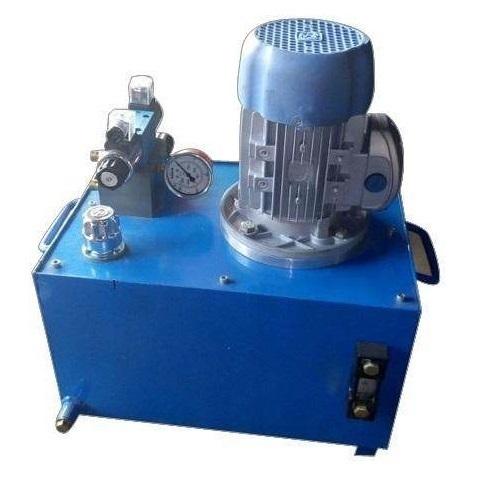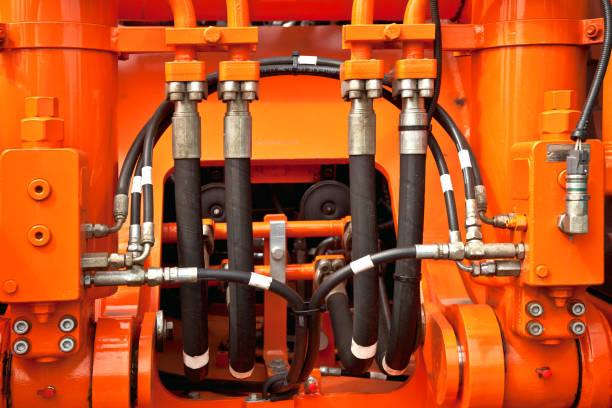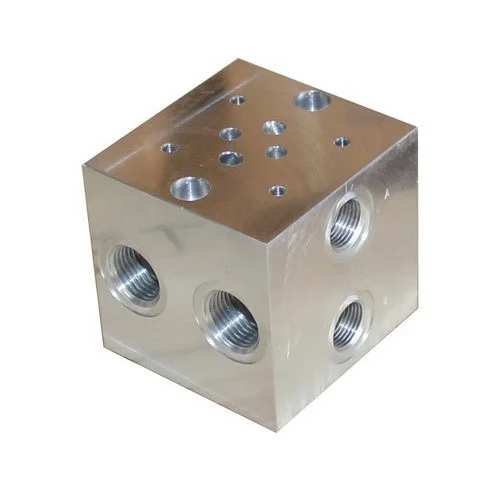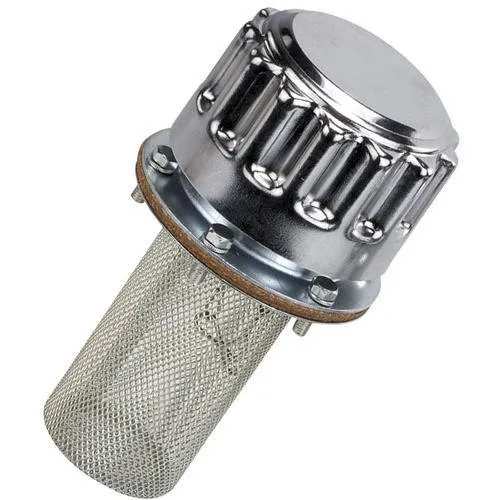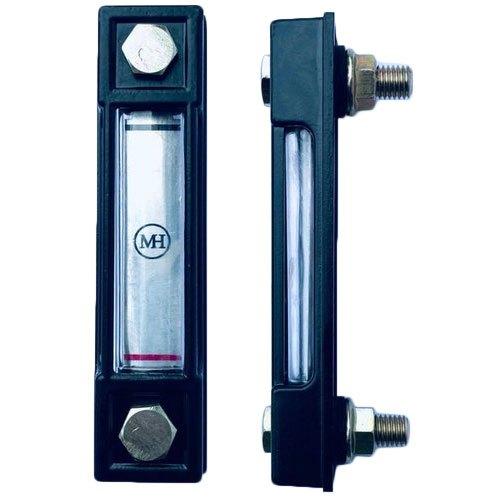Hydraulic Power Unit
INR 0
Enquire
Description
Core Components and Functions: Motor: This provides the mechanical power to drive the pump. It's typically an electric motor or an internal combustion engine. Hydraulic Pump: This is the heart of the HPU. It draws hydraulic fluid from the reservoir and pressurizes it, creating the flow needed to power hydraulic actuators. Reservoir: This tank holds the hydraulic fluid. It also helps to dissipate heat and allows contaminants to settle. Valves: These control the direction, pressure, and flow of the hydraulic fluid. Filters: These remove contaminants from the hydraulic fluid, ensuring system cleanliness and longevity. Accumulators (Optional): These store pressurized fluid, providing bursts of power or smoothing out pressure fluctuations. Coolers/Heaters (Optional): These regulate the temperature of the hydraulic fluid, ensuring optimal performance. How it Works: The motor drives the pump. The pump draws hydraulic fluid from the reservoir and pressurizes it. The pressurized fluid is then directed through valves and hoses to hydraulic actuators (cylinders or motors). The actuators convert the hydraulic energy into mechanical work. The fluid then returns to the reservoir, where it's filtered and cooled before being recirculated.

